Home>Gardening & Outdoor>Landscaping Ideas>How To Collect Sea Grass
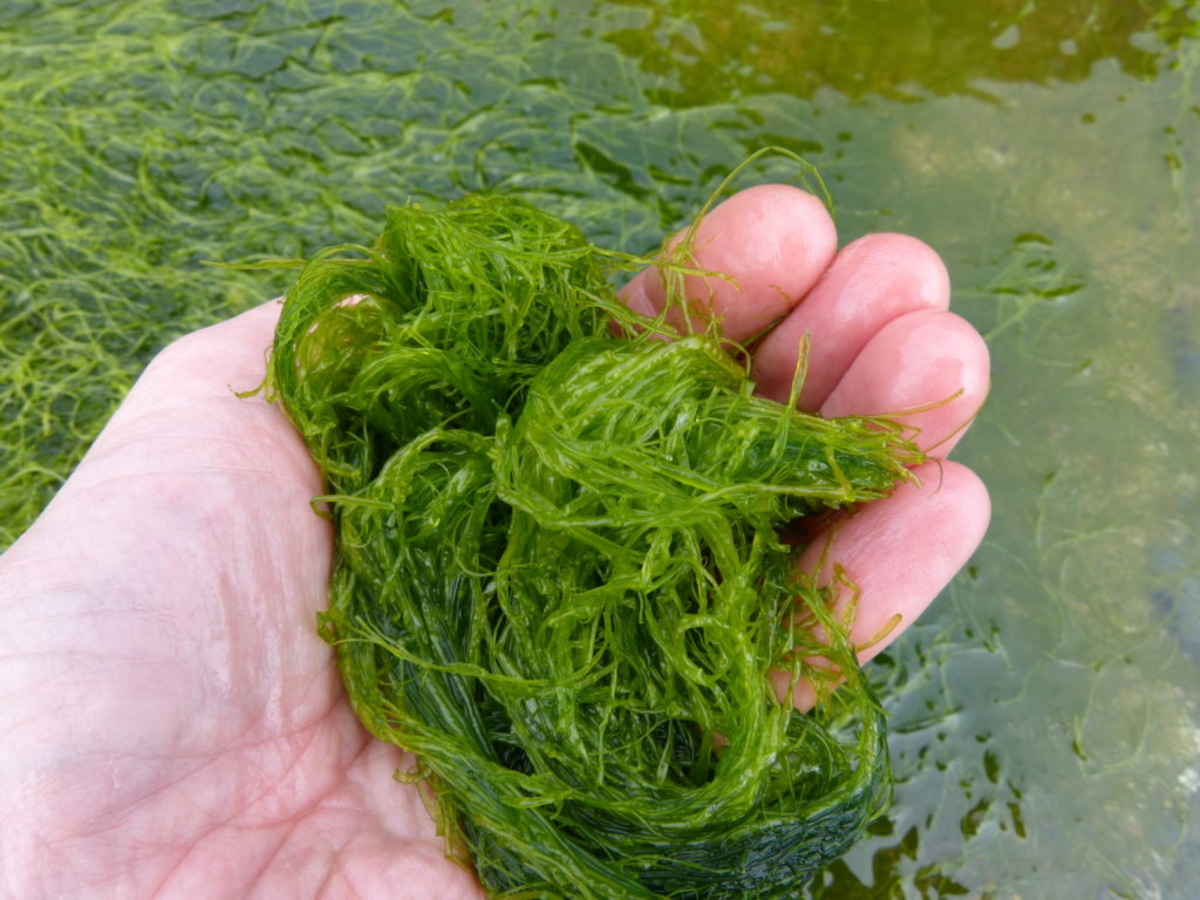

Landscaping Ideas
How To Collect Sea Grass
Modified: August 16, 2024
Learn how to collect sea grass for your landscaping ideas. Discover the best techniques and tips for incorporating sea grass into your outdoor space.
(Many of the links in this article redirect to a specific reviewed product. Your purchase of these products through affiliate links helps to generate commission for Storables.com, at no extra cost. Learn more)
Introduction
Sea grass is a vital component of coastal ecosystems, playing a crucial role in maintaining the health of marine environments. Its lush green blades sway gently with the ebb and flow of the tides, providing habitat and sustenance for a diverse array of marine life. Whether you are an avid nature enthusiast, a hobbyist, or a professional in the field of marine biology, learning how to collect sea grass can be a rewarding and enlightening experience.
In this comprehensive guide, we will delve into the intricate world of sea grass, exploring its significance and the methods for responsibly collecting and preserving it. By understanding the nuances of sea grass and acquiring the necessary tools and techniques, you can embark on a fulfilling journey to gather and study this remarkable marine plant.
Throughout this article, we will uncover the essential steps for locating, harvesting, and preserving sea grass, shedding light on the best practices to ensure minimal impact on the delicate marine ecosystem. Whether you are drawn to the mesmerizing beauty of sea grass beds or are eager to conduct research on marine flora, this guide will equip you with the knowledge and skills to engage with sea grass in a respectful and sustainable manner.
As we venture into the world of sea grass collection, it is important to approach this endeavor with a deep sense of appreciation for the natural world. By fostering a profound respect for the delicate balance of marine ecosystems, we can partake in the exploration of sea grass with a mindful and conscientious approach. So, let's embark on this enlightening journey to unravel the wonders of sea grass and discover the art of collecting and preserving this invaluable marine resource.
Key Takeaways:
- Sea grass is vital for marine life, and collecting it requires snorkeling gear, careful harvesting, and preservation techniques. It’s a delicate process that demands respect for the marine environment.
- Finding sea grass involves understanding its habitat, conducting research, and keen observation. Harvesting and preserving sea grass requires gentle techniques and meticulous documentation. It’s a journey of ecological awareness and responsible stewardship.
Read more: Why Is The Collection Of Sea Glass Illegal
Understanding Sea Grass
Sea grass, also known as eelgrass or seaweed, is a group of flowering plants that thrive in shallow marine waters. Contrary to its name, sea grass is not a type of grass but rather a unique form of underwater vegetation that plays a pivotal role in the health and stability of coastal ecosystems. These submerged plants are characterized by their long, ribbon-like leaves and intricate root systems, which anchor them to the seabed and provide a vital habitat for a myriad of marine organisms.
One of the most remarkable features of sea grass is its ability to create extensive underwater meadows, forming lush, swaying landscapes beneath the surface of the ocean. These meadows serve as crucial nurseries and feeding grounds for a diverse array of marine life, including fish, crustaceans, and mollusks. Additionally, sea grass beds act as natural filters, trapping sediments and absorbing nutrients, thereby contributing to water clarity and quality.
The ecological significance of sea grass extends beyond its role as a habitat and food source. These underwater plants also play a key role in carbon sequestration, helping to mitigate the impacts of climate change by capturing and storing carbon dioxide from the atmosphere. Furthermore, sea grass beds provide coastal protection by reducing wave energy and preventing erosion, making them essential components of resilient coastal ecosystems.
In addition to their ecological importance, sea grass meadows hold cultural and aesthetic value, captivating the imagination with their ethereal beauty and tranquil underwater landscapes. Their vibrant green hues and graceful swaying motions create a mesmerizing spectacle that has inspired artists, poets, and nature enthusiasts for centuries.
Understanding the intricate dynamics of sea grass ecosystems is essential for those seeking to collect and study these remarkable marine plants. By gaining insight into the ecological functions and significance of sea grass, collectors can approach their endeavors with a deep appreciation for the delicate balance of marine environments, ensuring that their interactions with sea grass are conducted in a responsible and sustainable manner.
Tools and Equipment Needed
When venturing into the realm of sea grass collection, it is essential to equip oneself with the appropriate tools and equipment to ensure a safe, efficient, and respectful approach to harvesting this marine vegetation. Whether you are an amateur enthusiast or a seasoned marine biologist, having the right gear at your disposal is paramount for a successful sea grass collection expedition.
1. Snorkeling Gear
A fundamental component of sea grass collection is the use of snorkeling gear, including a mask, snorkel, and fins. These essential items enable collectors to navigate the shallow waters where sea grass thrives, allowing for up-close observation and careful harvesting without disturbing the delicate marine environment.
2. Mesh Bags or Baskets
Mesh bags or baskets are indispensable for safely transporting harvested sea grass while allowing water to drain, preventing the vegetation from becoming waterlogged. Opt for bags with fine mesh to minimize the risk of tearing delicate sea grass blades during transportation.
Read more: How To Get Sea Grass
3. Scissors or Shears
Gentle and precise cutting tools such as scissors or shears are vital for harvesting sea grass without causing damage to the plants or their surrounding habitat. It is crucial to select tools with sharp blades to ensure clean cuts and minimize stress on the sea grass.
4. Waterproof Field Notebook
A waterproof field notebook and pencil are essential for documenting observations, recording collection locations, and jotting down pertinent details about the sea grass specimens. This documentation is invaluable for research purposes and contributes to a comprehensive understanding of the collected sea grass.
5. GPS or Navigational Tools
For accurate record-keeping and precise location tracking, a GPS device or navigational tools are indispensable. These aids facilitate the documentation of collection sites and contribute to the creation of detailed records for future reference and research.
6. Field Guide or Reference Materials
Carrying a field guide or reference materials specific to sea grass species is beneficial for on-the-spot identification and documentation. These resources aid in distinguishing different types of sea grass and provide valuable insights into their ecological roles and characteristics.
Read more: How Does Sea Grass Grow
7. First Aid Kit
Prioritizing safety, it is crucial to carry a well-equipped first aid kit to address any unforeseen injuries or emergencies that may arise during sea grass collection activities. This precautionary measure ensures preparedness for unexpected situations in the field.
By assembling these essential tools and equipment, collectors can embark on their sea grass collection endeavors with confidence, preparedness, and a deep commitment to responsible and sustainable practices. With the right gear at hand, enthusiasts and researchers can engage with sea grass in a manner that respects the delicate balance of marine ecosystems, fostering a harmonious coexistence with these vital underwater plants.
Finding Sea Grass
Locating sea grass beds is a fundamental aspect of embarking on a successful sea grass collection expedition. The process of finding sea grass involves careful observation, research, and a keen understanding of the ecological conditions that support the growth of these vital marine plants.
Understanding Habitat Requirements
Sea grass thrives in shallow coastal waters, typically in areas with minimal wave action and ample sunlight penetration. These underwater meadows can be found in estuaries, lagoons, and sheltered bays, where the seabed consists of soft sediments such as sand, mud, or silt. Understanding the habitat requirements of sea grass is crucial for identifying potential collection sites and narrowing down the search to areas conducive to the growth of these submerged plants.
Conducting Preliminary Research
Prior to venturing into the field, conducting preliminary research on local marine ecosystems and sea grass distribution is essential. Consulting scientific literature, ecological surveys, and marine habitat maps can provide valuable insights into the presence of sea grass beds in specific coastal regions. Additionally, reaching out to local marine conservation organizations or academic institutions may yield valuable information regarding the locations of sea grass meadows and the best practices for accessing these sites responsibly.
Read more: What Does Sea Grass Eat
Observing Coastal Features
When exploring coastal areas in search of sea grass, keen observation of coastal features and underwater visibility is paramount. Clear, shallow waters with a gentle ebb and flow are indicative of potential sea grass habitats. Look for areas with patches of submerged vegetation, as these may signify the presence of sea grass beds. Additionally, the presence of marine life such as fish, crabs, and mollusks can indicate the proximity of sea grass meadows, as these organisms rely on the habitat provided by the sea grass for shelter and foraging.
Utilizing Navigational Aids
Incorporating navigational aids such as GPS devices or nautical charts can aid in pinpointing potential sea grass collection sites and recording precise locations for future reference. These tools contribute to accurate documentation and ensure that collectors can revisit specific areas for ongoing research and observation.
By employing a combination of ecological knowledge, research, and astute observation, collectors can effectively locate sea grass beds and engage with these vital marine ecosystems in a respectful and informed manner. This thoughtful approach sets the stage for the subsequent steps of harvesting and preserving sea grass, fostering a harmonious coexistence with these invaluable underwater plants.
Harvesting Sea Grass
Harvesting sea grass is a delicate and meticulous process that requires a deep understanding of the ecological significance of these underwater plants and a commitment to responsible collection practices. When approaching the task of harvesting sea grass, it is essential to prioritize the preservation of the marine ecosystem and minimize any potential impact on the delicate balance of coastal habitats.
Before initiating the harvesting process, it is crucial to assess the health and abundance of the sea grass population in the targeted area. Collectors should prioritize harvesting from areas with robust sea grass meadows, ensuring that the impact on the overall ecosystem is minimal. Additionally, it is important to adhere to local regulations and guidelines pertaining to sea grass collection, as these measures are designed to safeguard the integrity of marine environments and promote sustainable harvesting practices.
When harvesting sea grass, collectors should employ gentle and precise techniques to minimize disruption to the surrounding habitat. Using sharp scissors or shears, carefully select individual sea grass blades for collection, ensuring that the cuts are clean and do not damage the interconnected root systems or neighboring vegetation. It is imperative to exercise restraint and avoid over-harvesting, as maintaining the integrity of sea grass beds is essential for the continued health of coastal ecosystems.
As collectors gather sea grass specimens, meticulous documentation of the collection locations, species identification, and ecological observations is paramount. This detailed record-keeping contributes to a comprehensive understanding of the harvested sea grass and provides valuable data for research and conservation efforts. Additionally, documenting the quantity of sea grass harvested and the specific methods employed facilitates responsible and transparent collection practices.
Throughout the harvesting process, collectors should remain mindful of the potential impact on marine life and the broader ecosystem. By exercising caution and respect for the natural environment, collectors can ensure that their interactions with sea grass are conducted in a sustainable and ethical manner. Furthermore, fostering a deep appreciation for the ecological significance of sea grass and the intricate web of life it supports underscores the importance of approaching the harvesting process with reverence and mindfulness.
In essence, harvesting sea grass is a nuanced and conscientious endeavor that demands a harmonious coexistence with the marine environment. By embracing the principles of responsible collection and preservation, collectors can contribute to the conservation of sea grass ecosystems and gain invaluable insights into the intricate dynamics of coastal habitats.
Preserving Sea Grass
Preserving sea grass is a critical aspect of responsible sea grass collection, ensuring that the harvested specimens retain their ecological value and contribute to ongoing research and conservation efforts. By employing effective preservation techniques, collectors can prolong the longevity of sea grass samples and maintain their integrity for scientific study and educational purposes.
One of the primary methods for preserving sea grass involves carefully rinsing the harvested specimens with fresh, clean water to remove any debris or sediment. This gentle cleansing process helps to eliminate external contaminants and ensures that the sea grass retains its natural characteristics. Following the rinsing process, it is essential to pat the sea grass dry using soft, absorbent materials to prevent excess moisture, which can lead to deterioration.
Once the sea grass has been thoroughly rinsed and dried, collectors can opt to press the specimens for preservation. Pressing sea grass involves arranging the individual blades or small clusters of sea grass between layers of absorbent paper and applying gentle pressure to flatten and dry the specimens. This method facilitates the creation of pressed sea grass specimens, which are ideal for long-term storage and serve as valuable resources for scientific study and educational purposes.
In addition to pressing, collectors may choose to preserve sea grass specimens in a solution of glycerin and water. This preservation technique involves immersing the sea grass in a carefully prepared solution that penetrates the plant tissues, effectively maintaining their pliability and natural appearance. Preserving sea grass in glycerin solution not only extends the lifespan of the specimens but also allows for detailed observation and study of the plant's anatomical features.
Another approach to preserving sea grass involves air-drying the specimens in a well-ventilated, low-humidity environment. By allowing the sea grass to air-dry naturally, collectors can retain the plants' original form and texture, creating visually appealing and durable specimens for educational displays and research purposes.
It is important to note that regardless of the preservation method chosen, collectors should store the preserved sea grass in a controlled environment with stable temperature and humidity levels. Proper storage conditions contribute to the longevity of the specimens and ensure that they remain suitable for scientific examination and educational use over an extended period.
By embracing meticulous preservation practices, collectors can safeguard the ecological value and scientific significance of sea grass specimens, contributing to the advancement of marine research and environmental education. Preserving sea grass with care and precision honors the intrinsic beauty and ecological importance of these underwater plants, fostering a deep appreciation for their role in coastal ecosystems.
Read more: What Does Sea Grass Look Like
Conclusion
In conclusion, the art of collecting sea grass is a multifaceted endeavor that intertwines ecological awareness, scientific inquiry, and a deep reverence for the delicate balance of marine ecosystems. As we have journeyed through the intricacies of sea grass collection, from understanding its ecological significance to the meticulous techniques of harvesting and preserving, it becomes evident that engaging with sea grass demands a harmonious coexistence with the natural world.
The process of collecting sea grass transcends mere acquisition; it embodies a profound connection to the marine environment and a commitment to responsible stewardship. By immersing ourselves in the underwater realms where sea grass thrives, we gain a newfound appreciation for the interconnected web of life that these vital plants sustain. The swaying meadows of sea grass serve as a testament to the resilience and beauty of coastal ecosystems, captivating our senses and inspiring a sense of wonder.
Through the lens of responsible collection practices, we have embraced the imperative of preserving the integrity of sea grass habitats, ensuring that our interactions with these underwater landscapes leave minimal impact. By employing gentle harvesting techniques and meticulous preservation methods, we honor the intrinsic value of sea grass and contribute to the advancement of scientific knowledge and environmental education.
As we reflect on the journey of collecting sea grass, we are reminded of the profound interconnectedness of all living beings and the imperative of safeguarding the natural world for future generations. The preservation of sea grass ecosystems is not merely a scientific pursuit; it is a testament to our commitment to fostering sustainable coexistence with the marine environment and preserving the irreplaceable beauty of coastal habitats.
In essence, the art of collecting sea grass transcends the act of gathering specimens; it embodies a deep-seated respect for the intricate tapestry of life that thrives beneath the waves. By embracing the principles of responsible collection and preservation, we embark on a transformative journey that enriches our understanding of marine ecosystems and fosters a profound connection to the wondrous world of sea grass.
Frequently Asked Questions about How To Collect Sea Grass
Was this page helpful?
At Storables.com, we guarantee accurate and reliable information. Our content, validated by Expert Board Contributors, is crafted following stringent Editorial Policies. We're committed to providing you with well-researched, expert-backed insights for all your informational needs.
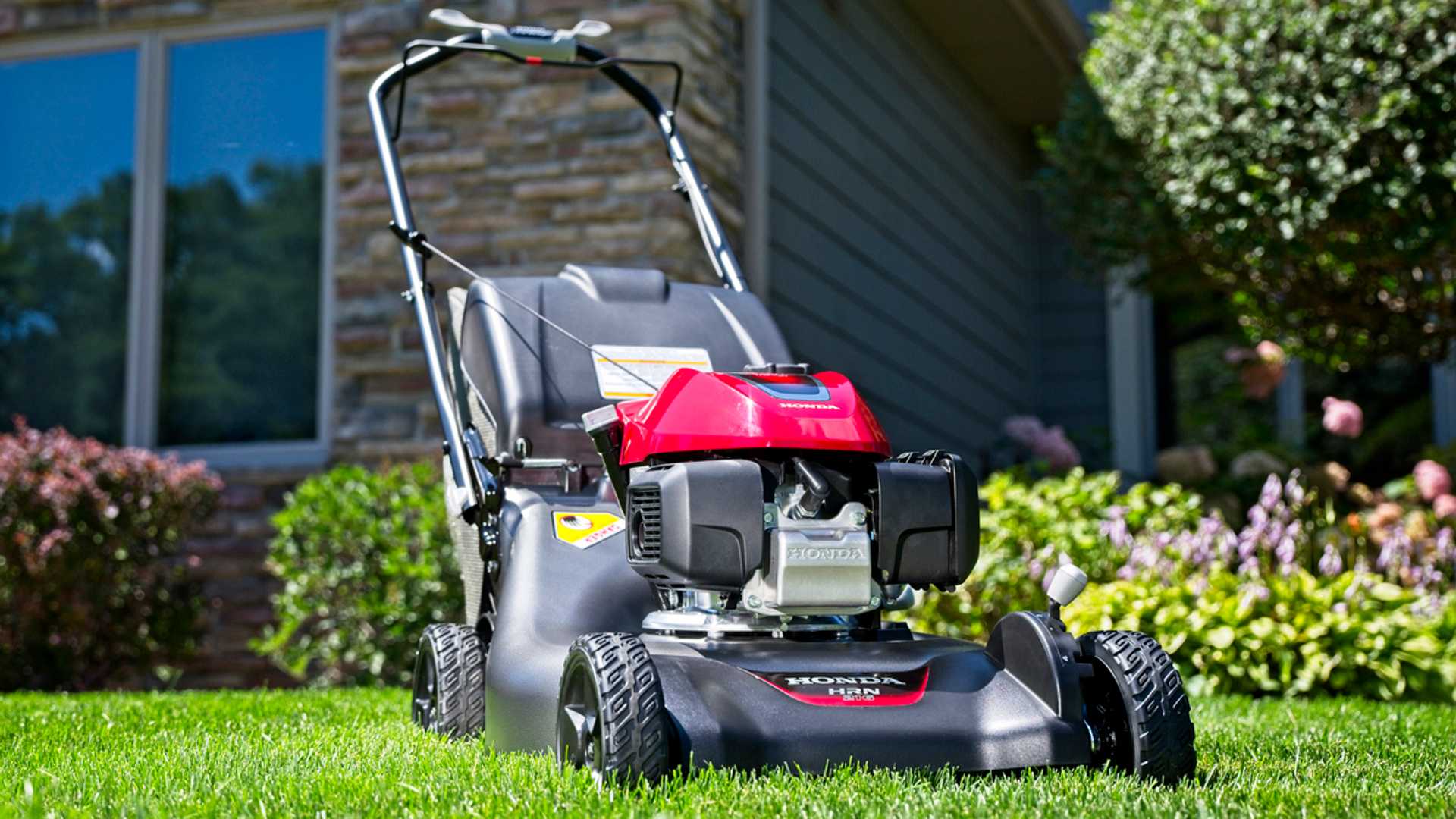

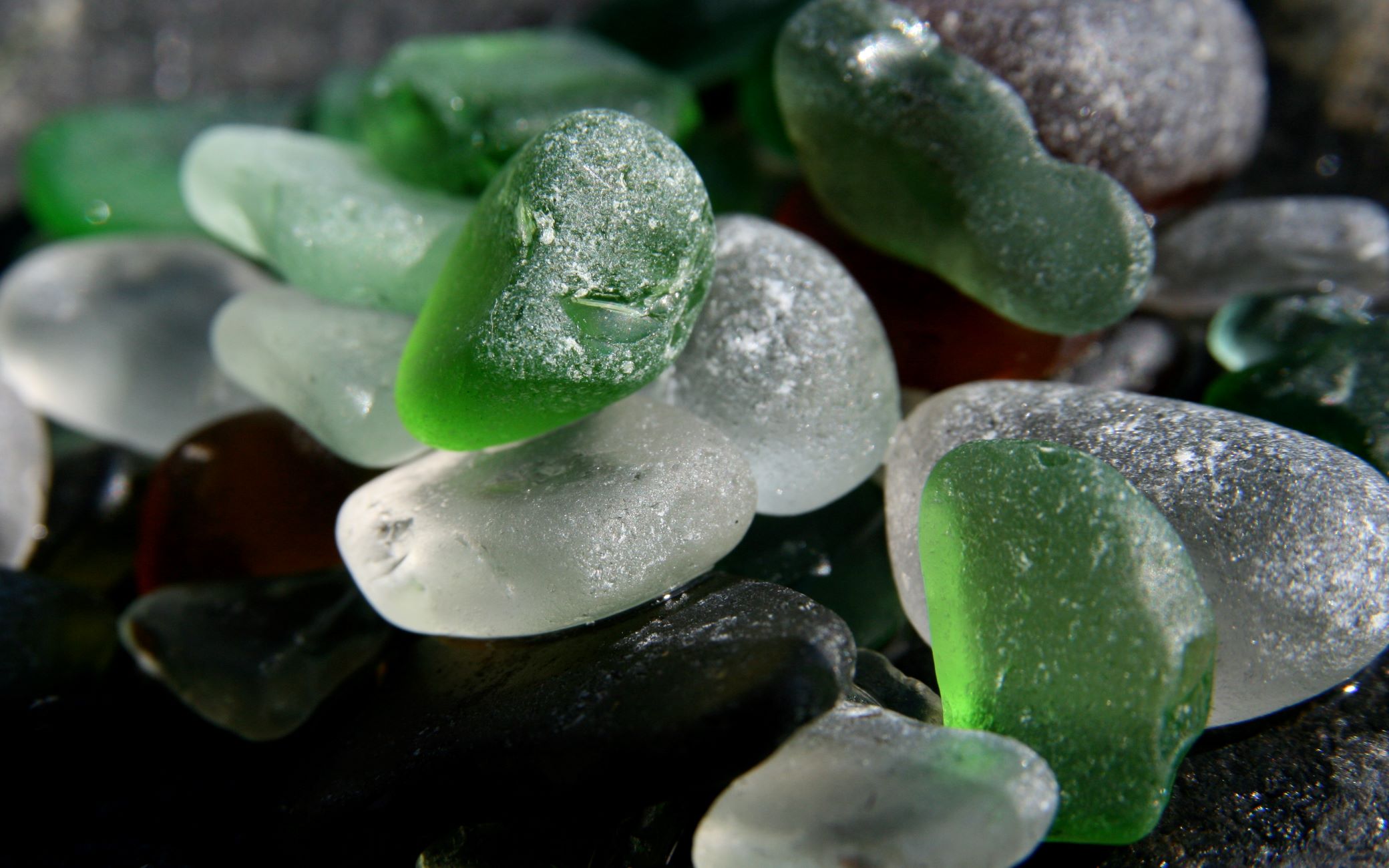
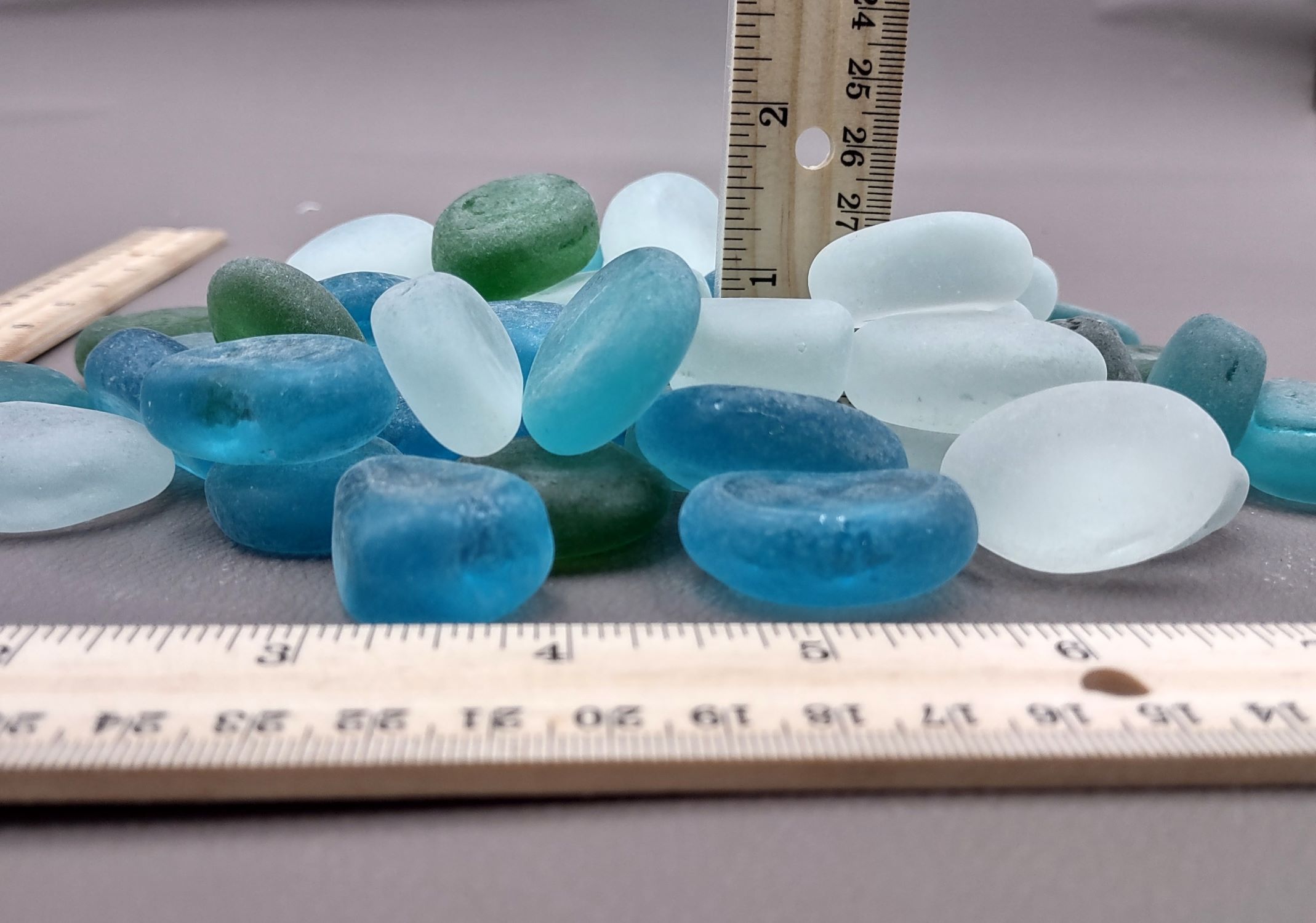
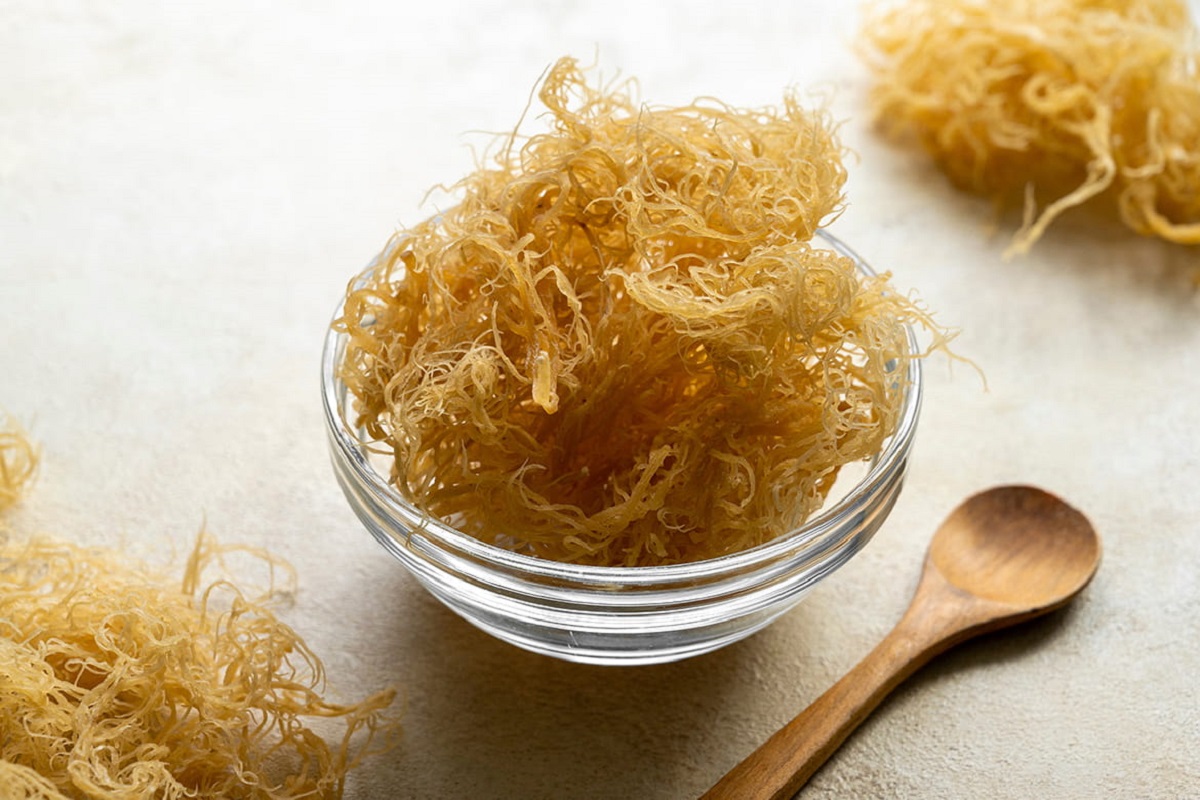
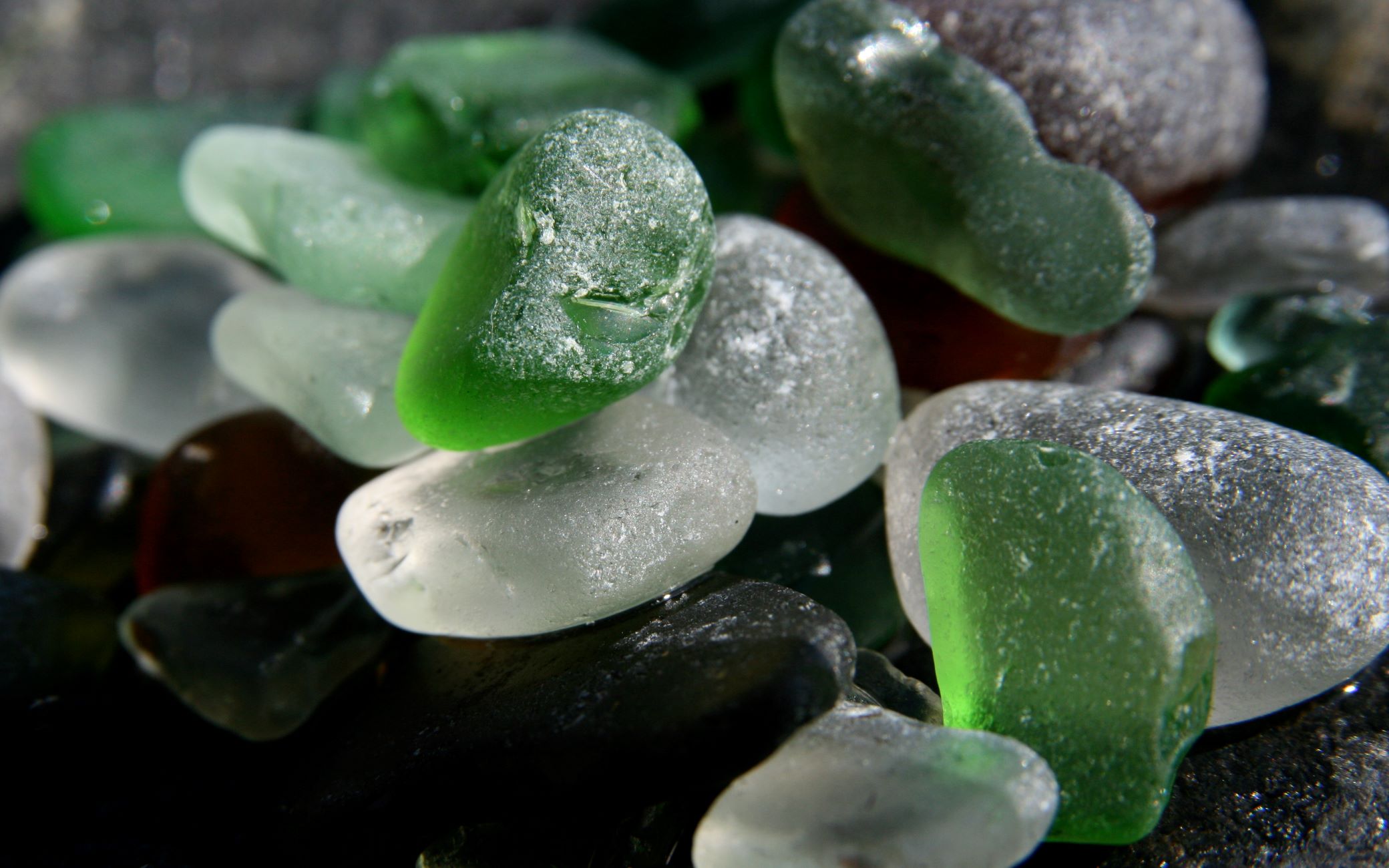
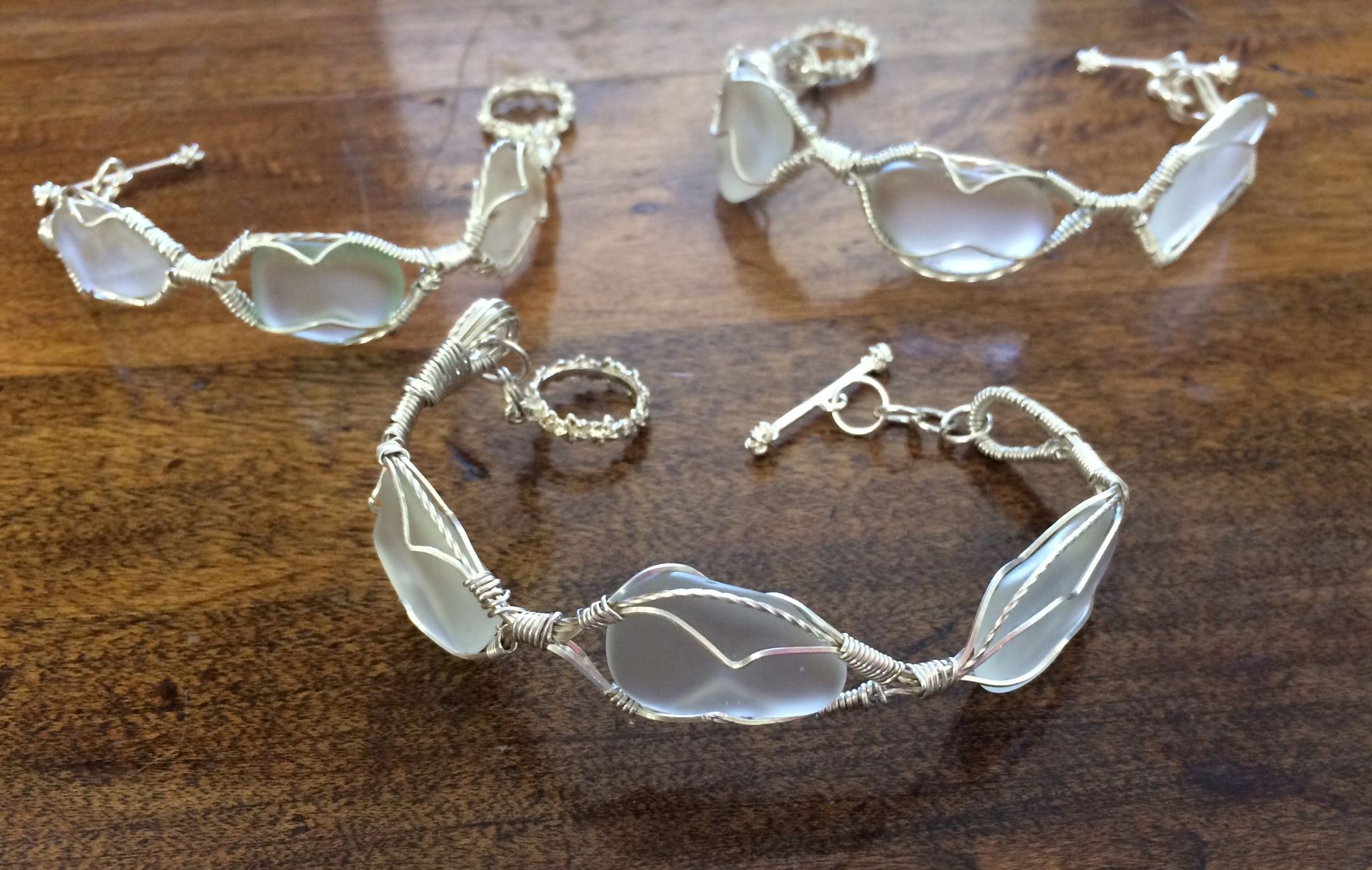
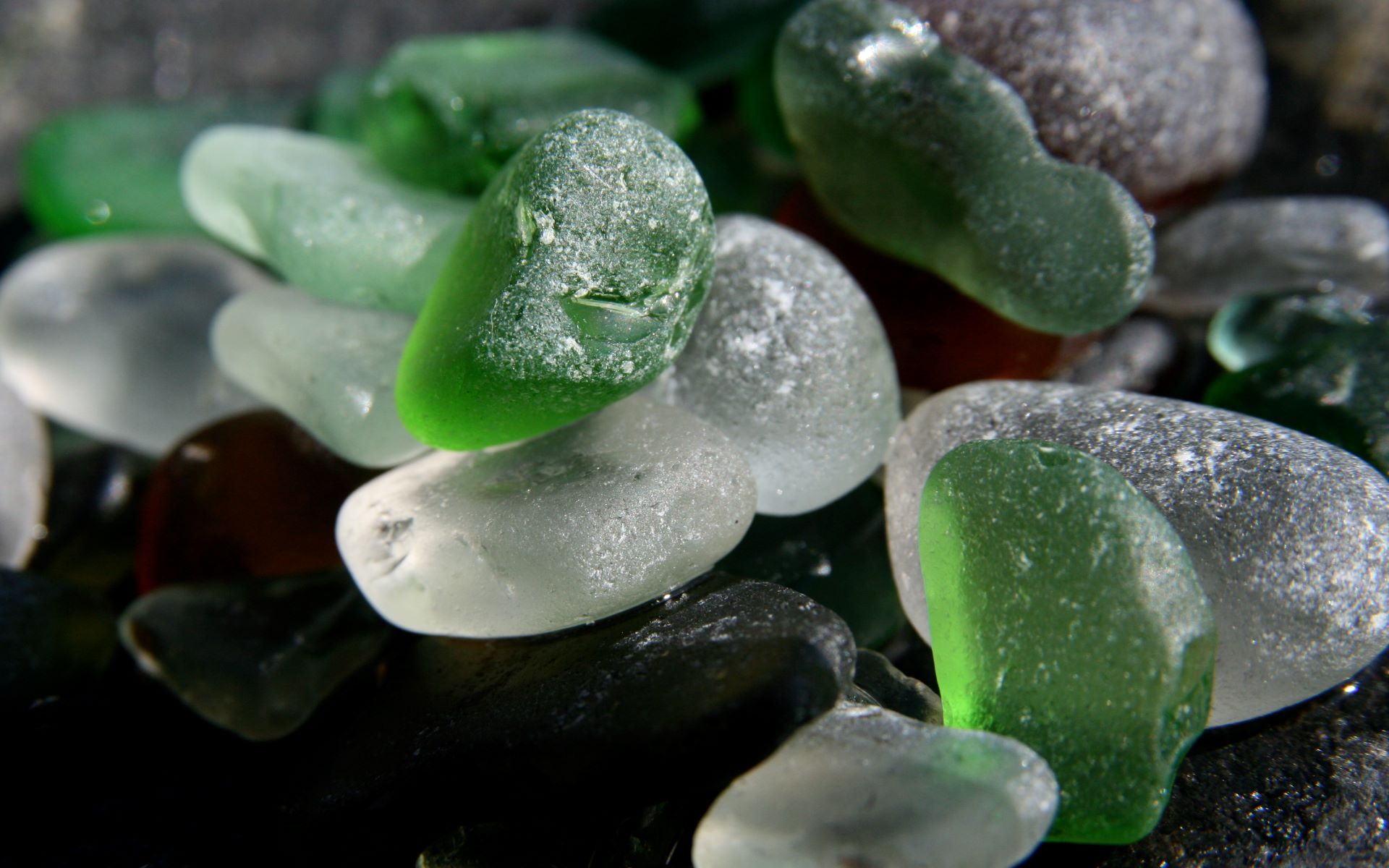
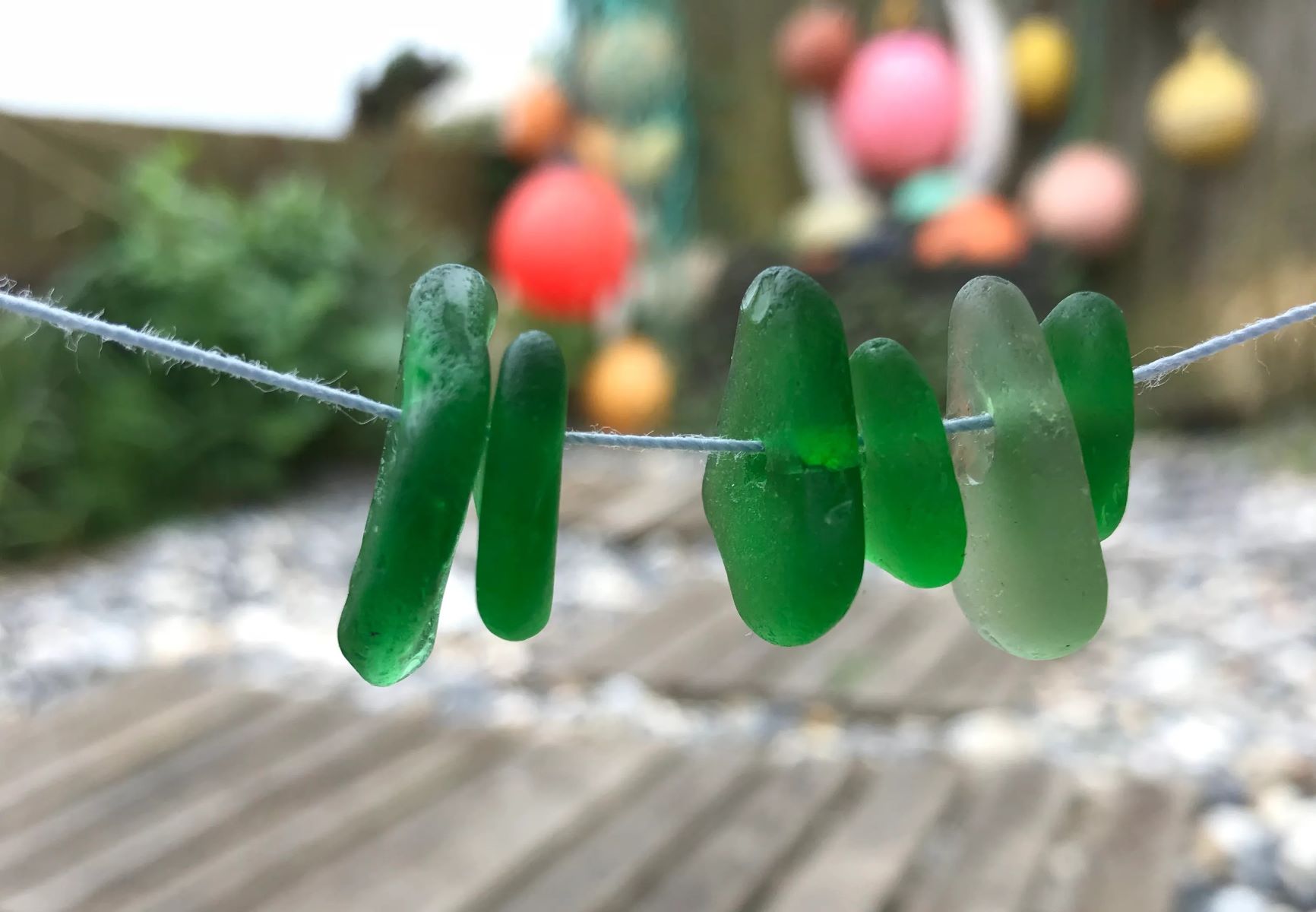

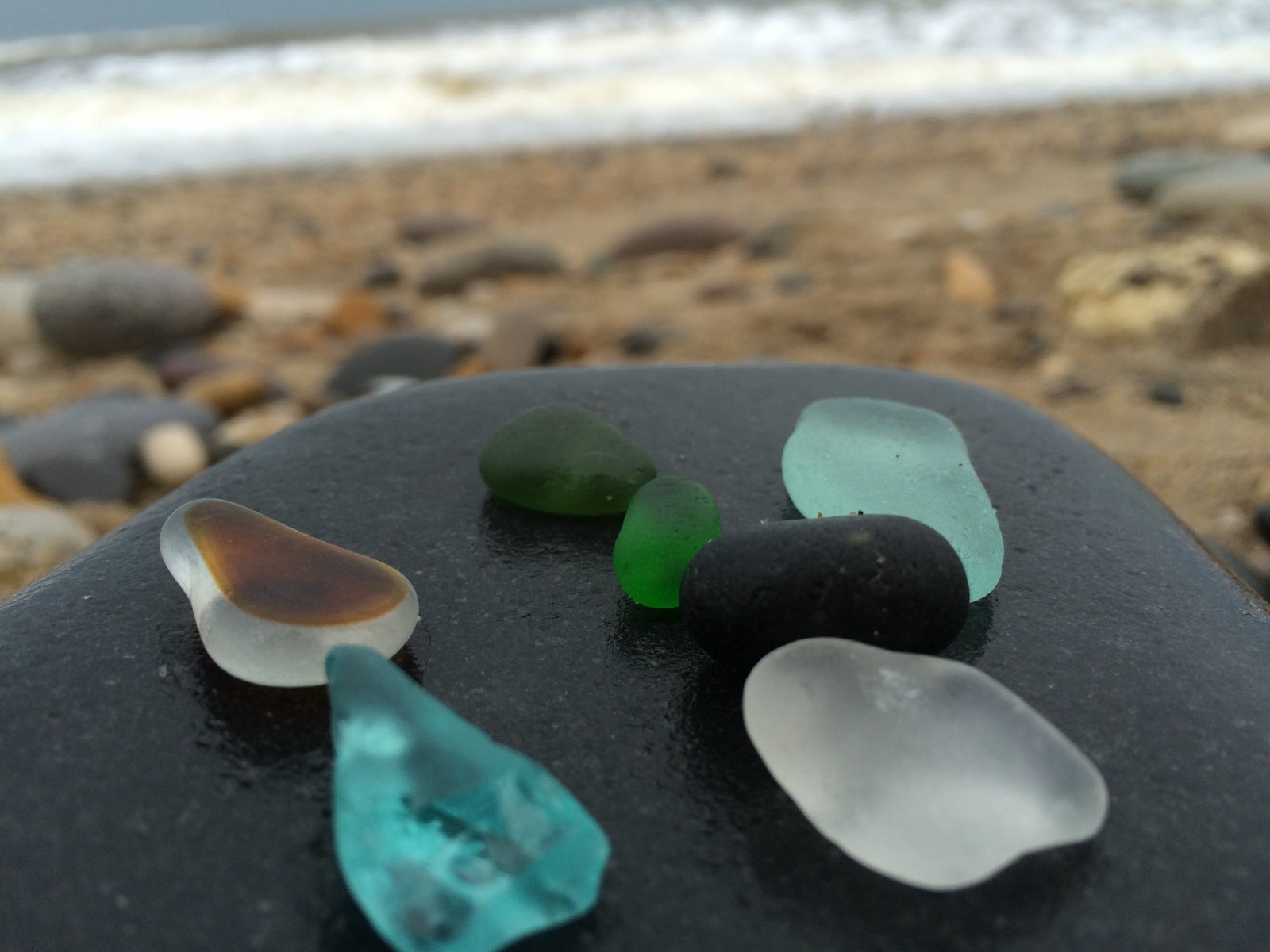

0 thoughts on “How To Collect Sea Grass”